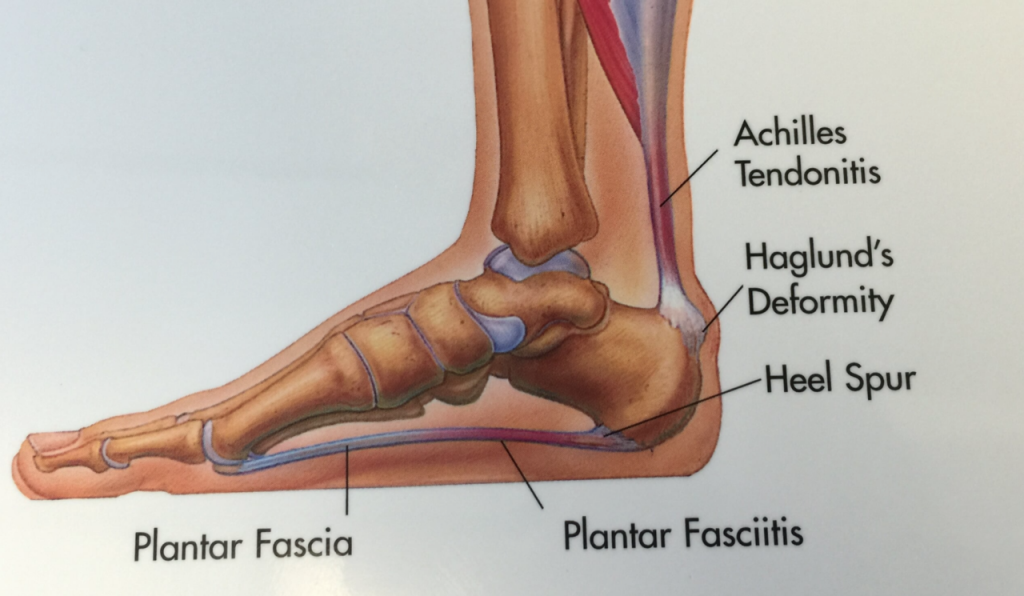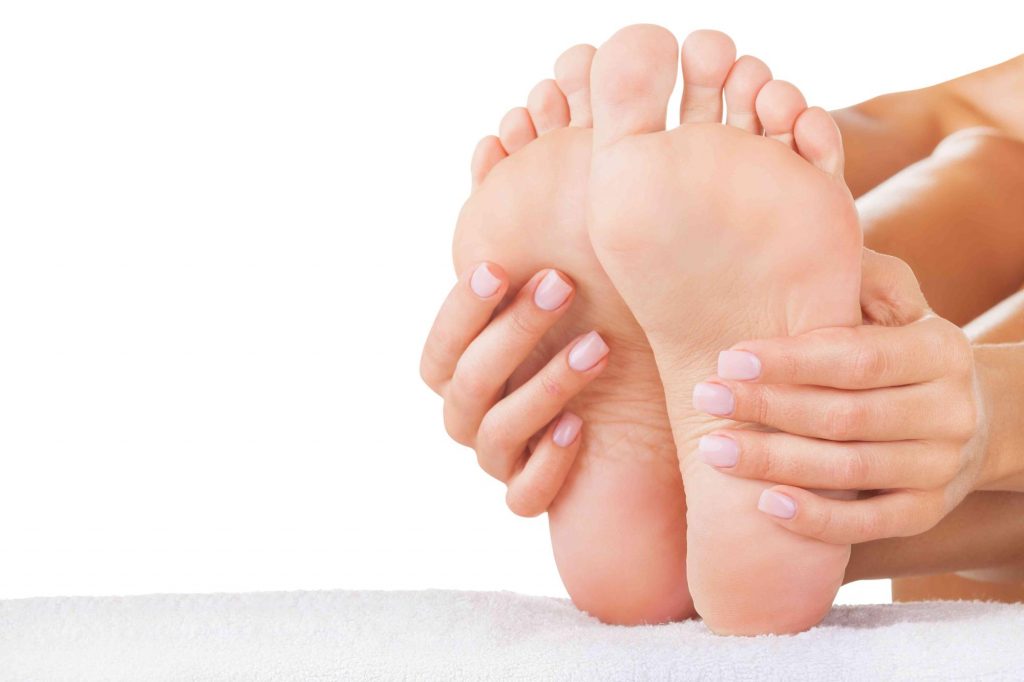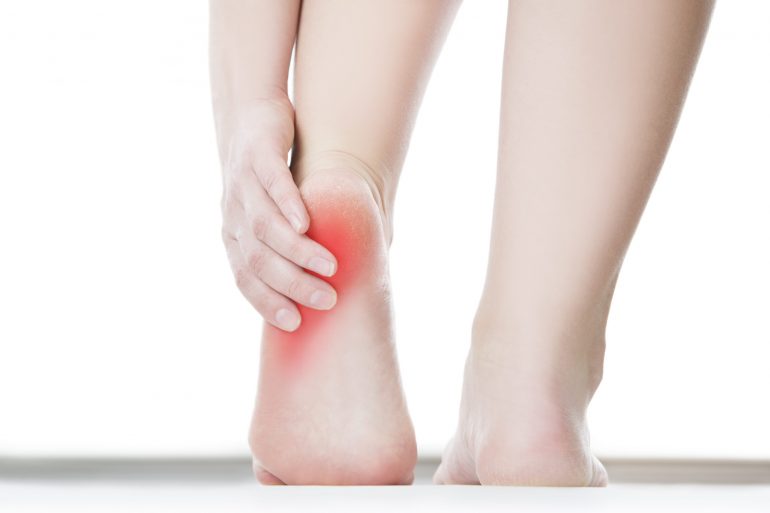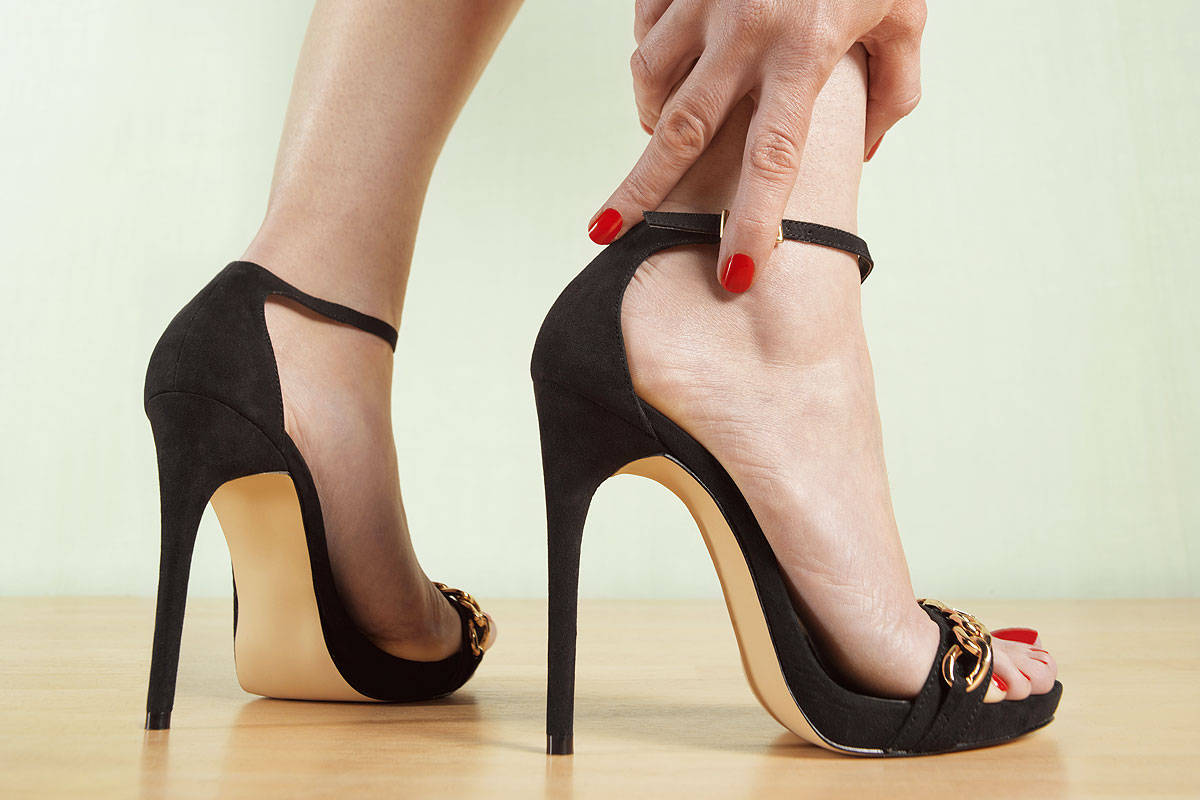What Is Plantar Fasciitis, and What Are the Treatments?
Plantar fasciitis is a condition that causes heel pain. In fact, it is one of the most common causes of pain in the heels. It is also often a frustrating condition to have, not least because treatments can take up to a year before the pain completely goes away.
What Is Plantar Fasciitis?
Plantar fasciitis is a condition that affects the plantar fascia. It is the ligament that connects your heel with the bones of your feet and toes, providing support to the arches in your feet. It’s a condition that can affect both feet or just one.

It affects people of all ages who are on their feet a lot. This particularly applies to people whose job requires them to be on their feet for long periods of time. It also commonly affects middle-aged people between the ages of 40 and 60, often whether they spend a lot of time on their feet or not.
Plantar fasciitis is a condition that can develop over a long period of time, but it can also develop quickly if the plantar fascia is damaged suddenly.
The Causes of Plantar Fasciitis
Plantar fasciitis occurs when you strain the plantar fascia. These strains cause the ligament to develop tiny tears. Over time, this results in a weakening of the ligament, plus it can become swollen and inflamed. It also causes pain when you are on your feet (i.e., standing or walking).
It affects some people more others. As already mentioned, people who spend a lot of time each day on their feet are more susceptible to plantar fasciitis. The structure of your foot can also have an impact, particularly if you have either flat feet or high arches.
In addition, the way you walk can make you more susceptible to plantar fasciitis. This applies if you have excessive pronation where your feet roll inward when walking. Changing how you exercise can also cause the condition, particularly if you start exercising more intensely.
Being overweight is another known cause of plantar fasciitis, as is wearing ill-fitting or worn-out shoes. Pregnant women, particularly those in the latter stages of pregnancy, can also develop plantar fasciitis.
You can also develop plantar fasciitis if other parts of your foot or lower leg are tight, including your calf muscles and Achilles tendon. Medical conditions like arthritis are also thought to cause plantar fasciitis.
Ignoring plantar fasciitis can cause problems with other parts of your body, including your knees, legs, back, and hips.
Symptoms of Plantar Fasciitis
Foot pain is the obvious symptom of plantar fasciitis, but it is a type of pain that usually happens at certain times of the day. This is normally during your first few steps after not walking for a while; a good example is when you wake up in the morning and first get out of bed.
Often the pain in your feet starts to subside as you start moving around, although this relief can disappear as the day goes on and you become tired. The pain can also increase if you stand for a long period of time or when climbing stairs.
The type of pain you experience varies from person to person. It can be anything from a dull ache to a pain that is sharp and intense.
Plantar Fasciitis Treatment

Plantar fasciitis treatments vary from person to person. Treatments range from simple things you can do at home to treatments prescribed by your doctor to, in the worst cases, surgery. The things you can try at home include:
- Rest – Resting your feet will give the affected ligament time to heal.
- Avoid hard surfaces – This is not always possible, but when it is, you should avoid walking or running on pavement or other hard surfaces.
- Ice – Ice will reduce swelling in your heel and can also help to alleviate pain.
- Take pain relievers – If the pain causes you too much discomfort, you can take a pain reliever that you can buy over the counter.
- Do toe stretches – Sit on a chair, and put your heel on the floor with your toes pointing up in the air. Grip your big toe with your hand, and pull it back toward your ankle. Hold this stretch for 30 seconds.
- Do towel stretches – Sit on the floor with your legs straight in front of you. Hold both ends of a towel in your hands, and loop the towel under the ball of your foot. Pull back on the towel at both ends to start the stretch, holding this for 30 seconds before repeating on your other foot.
- Do calf stretches – You can do calf stretches while free standing, but it is often easier to balance by using a wall for support. Stand facing the wall with your palms pressed onto it. Put one leg behind you, keeping both heels on the floor. Bend your front leg at the knee until you feel the stretch in the calf muscle of your back leg. Hold this position for 30 seconds, and then repeat on the other leg.
- Replace your shoes – They should be replaced particularly if they don’t fit well or if the cushioning or heel is worn.
- Get a support for your shoes – This can include a heel cup, orthoses, a shoe insert, or strapping.
If none of the home remedies work, your doctor may recommend other treatments. This can include prescribing steroid shots for your heel or having you wear splints while sleeping. If the pain persists for more than six months despite attempting the treatments above, you might need surgery.
For most people, however, pain starts to subside in just a few weeks when plantar fasciitis is treated. You should be completely free from pain within a few months, although for some it can take up to a year for the foot to fully heal and recover.
Preventing Plantar Fasciitis

Some of the things you can do to prevent plantar fasciitis include the following:
- Losing weight and then maintaining a healthy weight.
- Wearing shoes that fit your feet properly.
- Not wearing shoes that are worn out.
- Avoiding shoes that have high heels.
We hope you have found this overview on plantar fasciitis helpful. These tips should help you with this unpleasant condition.


